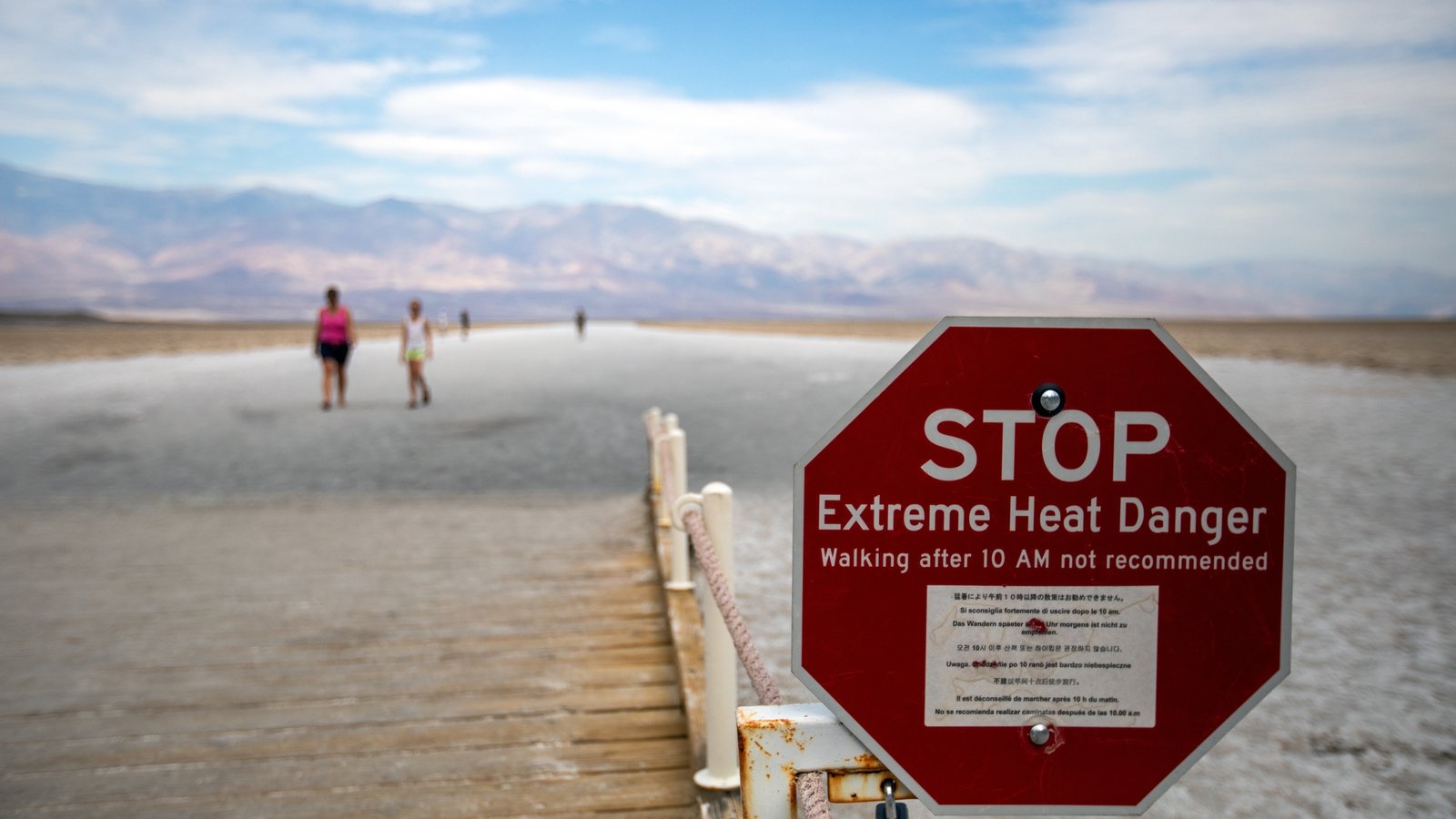A Timeline of the Gaza War
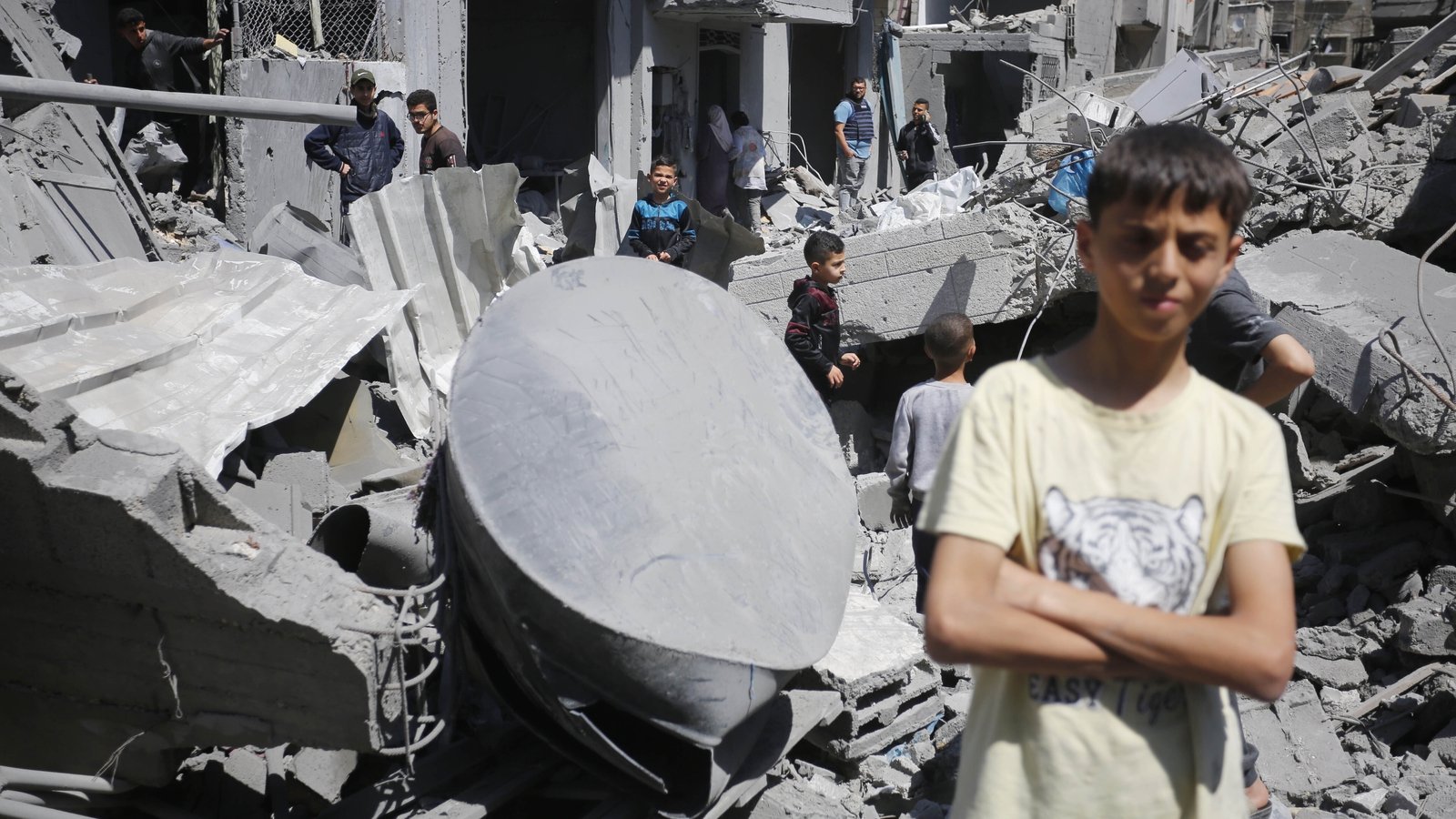
Israel and Hamas have been at war in Gaza since gunmen from the Palestinian militant group that runs the enclave attacked southern Israel on 7 October, killing 1,200 people and taking 253 hostages.
Israel responded with a military campaign in which about 33,000 Palestinians have been killed in six months of warfare, according to medical officials in Gaza.
Here is a timeline of the war to date:
October 2023
7 October: Hamas gunmen storm into southern Israel from Gaza and rampage through communities in the deadliest single day in Israel’s history.
Prime Minister Benjamin Netanyahu declares that Israel is at war. Retaliatory airstrikes on densely populated Gaza begin, along with a total siege of the coastal enclave.
13 October: Israel tells the more than one million residents of Gaza City to leave and move south. Over the coming weeks, Israel pushes for the evacuation of the entire north on Gaza. Hundreds of thousands flee their homes, beginning a process that uproots nearly the entire population of the Gaza Strip, with families often forced to flee several times to escape advancing Israeli forces.
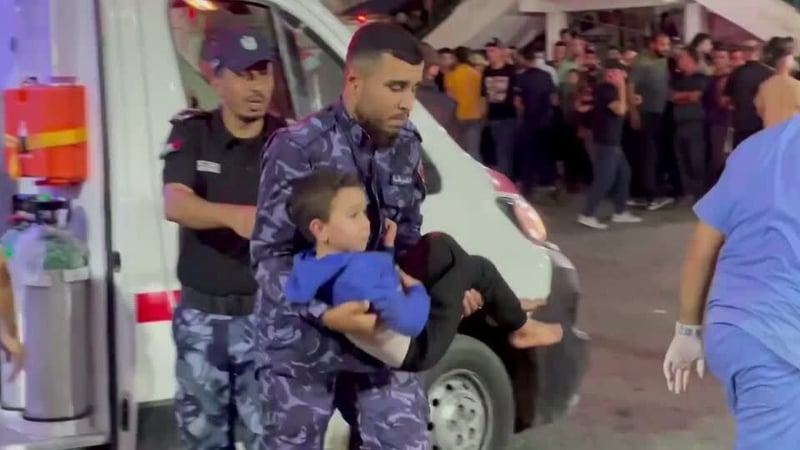
17 October: An explosion in the courtyard of al-Ahli Arab Hospital in Gaza City kills anywhere from 100 to almost 500 civilians, sparking a massive global outcry. Israel and Hamas trade accusations over who is responsible for the attack.
19 October: A US navy warship intercepts missiles and drones launched from Yemen over the Red Sea towards Israel. Yemen’s Houthi group, which – like Hamas – is an Iranian ally, continues sporadic long-range attacks on Israel and against Red Sea shipping in what it claims are acts of solidarity with Gaza.
21 October: After days of diplomatic wrangling, aid trucks are allowed through the Rafah border crossing from Egypt into Gaza, carrying only a fraction of what is required. Food, water, medicines and fuel are running out. As the humanitarian crisis worsens, and maintaining supplies becomes a constant problem.
27 October: Following a week of limited incursions, Israel launches its ground offensive in Gaza beginning in the north, and vows to free all its hostages and to eradicate Hamas.
Gaza is being heavily bombarded, reports RTÉ’s Fran McNulty from Tel Aviv | Read more: https://t.co/8JqgYw4lw6 pic.twitter.com/EgXIr0rF8d
— RTÉ News (@rtenews) October 27, 2023

November 2023
1 November: Evacuations from Gaza being for an estimated 7,000 foreign passport-holders, dual nationals and their dependents, and people needing urgent medical treatment. The vast majority of Gazans are not permitted to avail of the exits through Rafah.
15 November: Israeli troops enter Gaza’s biggest hospital, Al Shifa, after a siege of several days during which medical staff say patients – including newborn babies – died from a lack of power and supplies. The Israelis say that the hospital had been used to conceal an underground headquarters for Hamas fighters, a claim which staff deny. Within a few weeks, all hospitals serving the northern half of Gaza are rendered inoperable.
21 November: Israel and Hamas announce the first, and so far only, truce of the war. Fighting is initially paused for four days – later extended to seven – to let in aid and to exchange hostages held in Gaza for Palestinians detained by Israel.
December 2023
1 December: Around half of the hostages – including women, children and foreigners – are released in return for 240 Palestinian women and teenage detainees, before the truce collapses and war resumes.
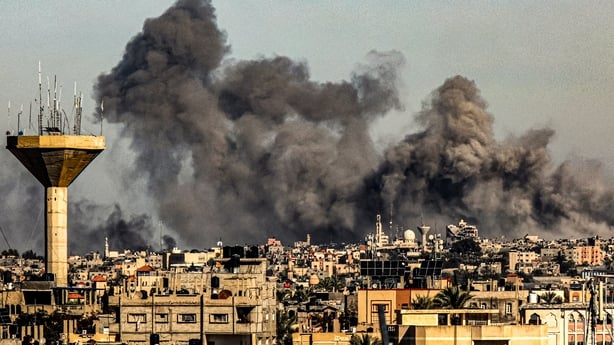
Around 4 December: Within days, Israeli forces launch their first big ground assault in southern Gaza, on the outskirts of the main southern city, Khan Younis.
This phase of the war extends the military campaign from the north to the entire length of the enclave, including areas already sheltering hundreds of thousands of displaced people. International organisations warn that it is drastically worsening the humanitarian situation.
12 December: US President Joe Biden says that Israel’s “indiscriminate bombing” of Gaza is costing it international support, marking a shift in rhetoric from Israel’s closest ally. Washington continues to arm Israel while increasingly calling on its ally to do more to protect innocent civilians.
15 December: Israeli forces mistakenly kill three hostages in Gaza. The incident leads to some of the most pronounced criticism of the conduct of the war within Israel, although the military campaign retains widespread domestic support.

Around 26 December: Israeli forces launch a ground assault on areas in the central Gaza Strip, forcing hundreds of thousands to flee, most of whom have already been displaced.
January 2024
1 January, 2024: Israel signals that it will start withdrawing troops from northern parts of Gaza, while continuing military operations in the south.
11 January: US and British warplanes, ships and submarines launch dozens of strikes against Yemen in retaliation against Houthi attacks on Red Sea shipping.
Late January: Israeli forces intensify their effort to encircle Khan Younis, again forcing large numbers of civilians to flee for their lives. More than half of Gaza’s population ends up sheltering in Rafah.
23 January: Israel reports that 24 of its soldiers have been killed in Gaza, its worst losses of the war to date.
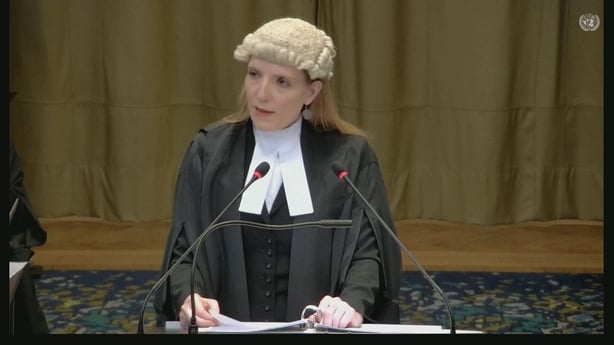
26 January: The International Court of Justice (ICJ) in the Hague, also known as the World Court, hearing a case brought by South Africa accusing Israel of a state-led genocide in Gaza, orders Israel to prevent genocide. But it stops short of ordering a halt to fighting.
The World Court says that some of the actions alleged by South Africa could plausibly be violations of the genocide convention, which was enacted after the Holocaust. It rejects Israel’s demand to throw out the case.
February 2024
7 February: After weeks of diplomacy led by the United States and mediated by Qatar and Egypt, Israeli Prime Minister Benjamin Netanyahu rejects a Hamas counter-offer for a ceasefire, describing the terms as “delusional”. Over the following weeks, Washington and the other mediators push hard for a ceasefire in time for the start of Ramadan, a sacred month of Muslim fasting.
Hamas says that it will agree to a truce and to the release of hostages only if the proposal includes an Israeli withdrawal from Gaza. Israel says that it will not pull out until Hamas is destroyed.
Alongside the effective collapse in ceasefire talks, Israeli officials threaten to attack Rafah. US and UN officials respond that any such assault would kill many civilians.

9 February: In one of the deadliest incidents of the war, more than 100 Gazans queuing for aid are killed after Israeli troops open fire. Palestinian authorities say that most of the dead were shot with heavy machine guns by Israeli forces in a “massacre”. Israel says that most died in a stampede, and insists that its troops fired only at “looters”.
March 2024
10 March: The holy month of Ramadan begins with no ceasefire in place. Talks continue in Cairo and Doha, with both sides releasing proposals while rejecting the other’s.
12 March: A ship carrying 200 metric tons (200,000 kg) of aid for Gaza leaves Cyprus in a pilot project to open a sea corridor. Aid agencies say that such deliveries, even when accompanied by air drops, will not be enough to replace supplies which had been carried over land, until Israel blocked them.
18 March: The Integrated Food-Security Phase Classification (IPC) global hunger monitor warns that famine is now projected to hit Gaza by May, unless there is an immediate ceasefire accompanied by a surge of aid supplies. The food shortages are the worst that the IPC has ever witnessed, anywhere.
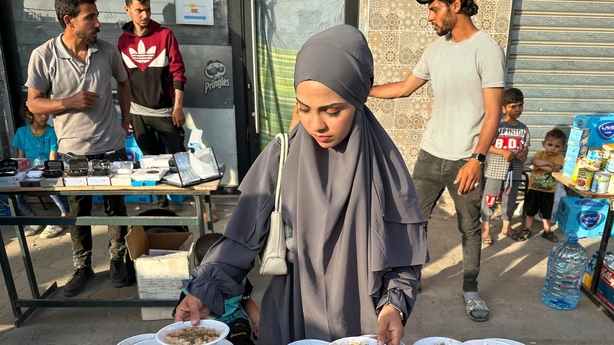
More than half of Gaza’s population are experiencing catastrophic food shortages, far above the 20% threshold used to determine if a famine is underway. Acute malnutrition is also reaching famine rates. While mass death from hunger and disease have not yet hit famine levels, the IPC warns that they will do imminently, particularly in the north of the Gaza Strip.
Israel condemns the report’s methodology and insists that there is enough food reaching the people in Gaza. It claims that it imposes no limits on food aid, and blames the hunger on aid agencies and on fighters it says are hoarding food. Aid agencies respond that the manmade disaster is a result of Israel’s blockade of most Gaza land entry points, along with the administrative burdens it imposes on shipments, and the lack of security resulting from the destruction of Gaza’s civil administration along with Israel’s military operations.
March 18: Israel launches a new assault on Al Shifa Hospital. Within two weeks, Israel claims to have killed or detained hundreds of fighters. Medical staff and Hamas deny that any fighters have been present in the hospital, claiming that many of those killed were civilians. Medics, patients and people who had been forced from their homes were rounded up by Israeli troops, who conclude the operation by destroying Gaza’s largest medical facility.
25 March: The UN Security Council adopts a resolution demanding an immediate ceasefire between Israel and Hamas after the United States abstained from the vote, causing a dispute with its ally Israel.
“This resolution must be implemented. Failure would be unforgivable,” U.N. Secretary-General Antonio Guterres said.
April 2024
1 April: Israel kills seven aid workers for the World Central Kitchen charity, provoking a global outcry. Israel apologises for the lethal air strikes which it claims were made in error, and promises an investigation.

